Many have won the Nobel in science. But among them, seven families have to be told separately. These families have taken home the Nobel Prize for two generations. Seven families have shown this success in the last century. Let’s know about them. Surprisingly, most of these Nobel laureate families were physicists. And they brought physics to the top of honor.
Nobel Laureate Bohr Family
(Neils Bohr, Aage Niels Bohr)
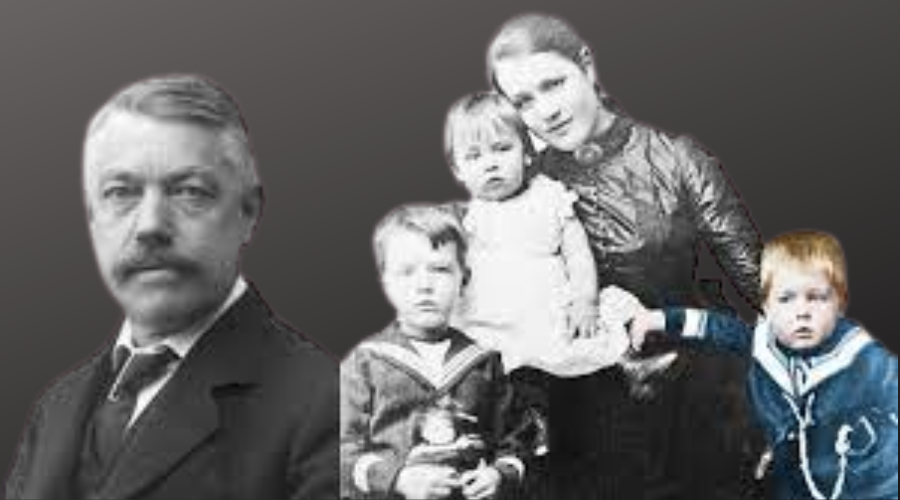
Niels Heinrich David Bohr is famous for his molecular structure of matter and quantum theory after Rutherford’s explanation of the atomic structure. He is one of the most important physicists of the 20th century. Bohr’s atomic model gave us the first stable model of the atom. Mathematical calculations in the world of atoms began to arrive at his hands. In 1922, this scientist received the Nobel Prize in Physics for the discovery of the structure of the atom and nuclear radiation.
Niels Bohr married a girl named Margrethe Norlund Bohr in 1912. The couple had one child, Aage Niels Bohr. He also gained fame as an important physicist. Then his son Aage Niels Bohr won the Nobel Prize in Physics in 1975. He received the award jointly with Ben Mottelson and James Rainwater for discovering the relationship between collective motion and particle motion in atomic nuclei.
The Curie family
(Pierre Curie, Marie Curie and Irene Joliot Curie)
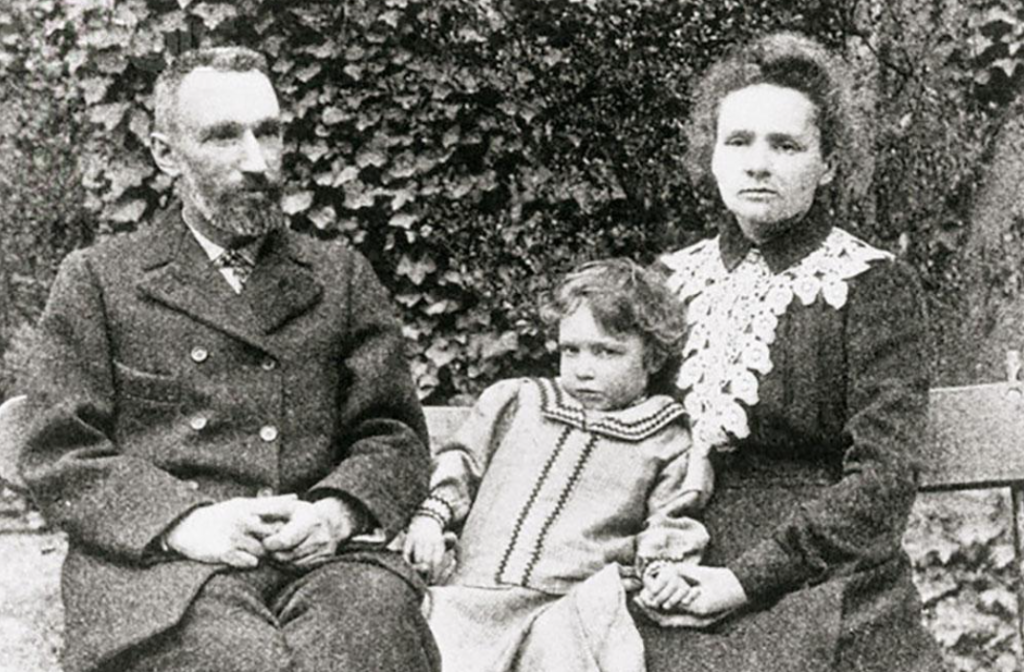
The Curie family can be said to be a family of authentic researchers. On top of that, Marie Curie is the only woman to have won the Nobel twice—in physics in 1903 and chemistry in 1911. In 1903, husband and wife Pierre Curie, Marie Curie, and scientist Antoine Henri Becquerel were jointly awarded the Nobel Prize for the discovery of radioactivity. By then, this husband and wife have done a worthy job of getting the second Nobel. They discovered radium and polonium. But unfortunately, Pierre Curie died in a road accident in 1906. As a result, in 1911, Marie Curie won the Nobel Prize in Chemistry alone for the discovery of radium and polonium. The next generation was played by the couple’s daughter Irene Joliot Currie. The famous French physicist Frédéric Joliot-Curie is married to Irene Joliot Curie. The couple jointly won the Nobel Prize in Chemistry in 1935 for discovering a way to artificially make radioactive atoms. With the success of the Curie couple, the most successful Nobel laureate ever sits in a long family.
The Bragg Family
(Henry Bragg and Willian Lawrence Bragg)
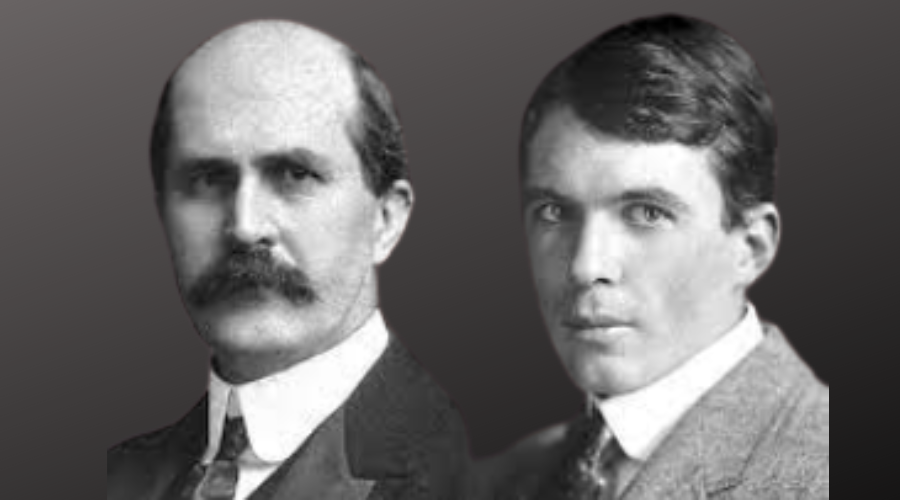
The Bragg family, father, and son received the Nobel together, in the same subject! There is no second such event in history. Father William Henry Bragg and his son William Lawrence Bragg received the Nobel Prize in Physics in 1915 for their contributions to the analysis of the structure of calcium using X-rays. Henry Bragg was 53 years old at the time, and his son Lawrence was only 25 years old. Does Lawrence seem too young to receive a Nobel? In fact, he is the youngest scientist to win the Nobel Prize in Physics.
The Kornberg family
(Arthur Kornberg and Roger D. Kornberg)
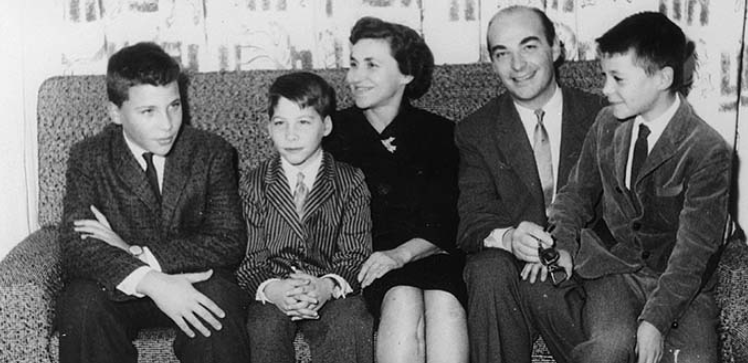
Arthur Kornberg received the Nobel Prize in Medicine and Physiology in 1959. He was jointly awarded the Nobel Prize with Severo Ochoa for the discovery of the synthesis of deoxyribonucleic acid (DNA). His son Roger David Kornberg won the Nobel Prize in Chemistry in 2006 for his research on the biology of transcription in eukaryotic cells.
The Euler family
(Hans von Euler-Schelpin and Ulf von Euler)
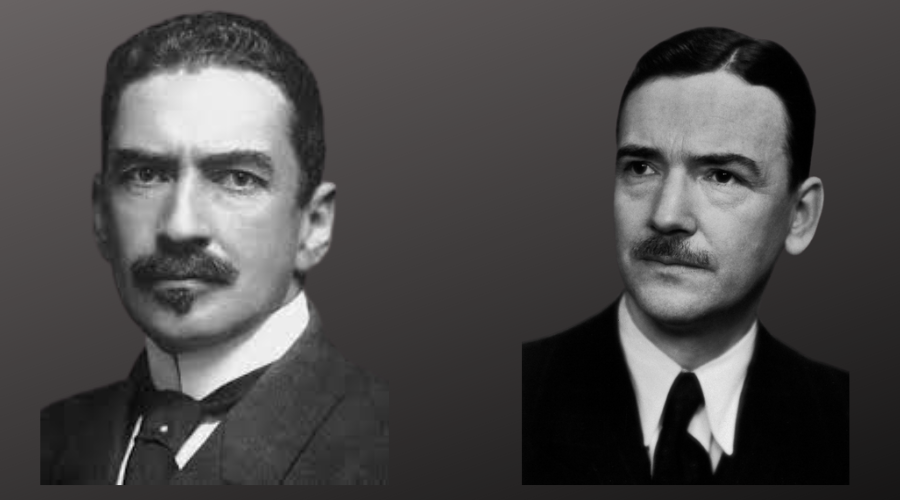
Hans von Euler-Schelpin won the Nobel Prize in Chemistry in 1929. He was jointly awarded the Nobel Prize with Arthur Harden for his contribution to the fermentation process of alcohol. Wolf von Euler’s father, Hans, was a Nobel-winning chemist, while his mother, Astrid Cleve, was a botanist and geologist. Wolff chose physiology and pharmacology as his career path—said to be a combination of his parents’ work. In 1946, he published a research paper on the identification and isolation of a hormone called norepinephrine as a neurotransmitter of the nervous system. In 1970, he was awarded the Nobel Prize for this work along with other works.
The Siegbahn family
(Carl Manne Siegbahn & Kai M. Siegbahn)
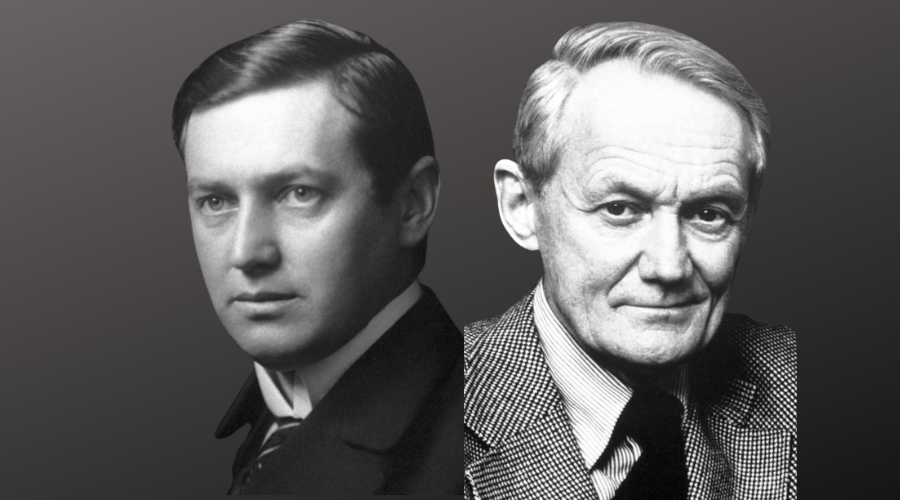
Carl Mann Sieben received the Nobel Prize in Physics in 1924 for his contributions to X-ray spectroscopy. A worthy successor to his father, son Kai Man Siebon is a pioneer in high-resolution electron spectroscopy. He was awarded the Nobel Prize in 1981 for his important contribution in this regard.
The Thomson family
(JJ Thomson and George Page Thomson)

British physicist JJ Thomson is best known as the discoverer of the electron. But he won the Nobel Prize in Physics in 1906 for the discovery of the electrical conductivity of gases. As well known as the father, the son George Page Thomson is not as well known to many. He was jointly awarded the Nobel Prize in Physics in 1937 with Clinton Davison for the experimental proof of the electron’s transition through Kelas.
Writen
Jeion Ahmed
Chittagong, Bangladesh
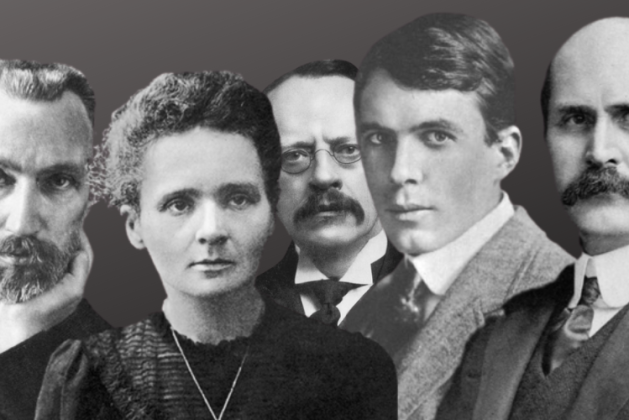


Can you be more specific about the content of your article? After reading it, I still have some doubts. Hope you can help me.